
The Cart is Empty
NANO GOLD is a cutting-edge gold suspension designed for those seeking to restore the benefits of strict alchemically formulated 0.9999% gold. This product combines advanced nanotechnology with hermetic procedures to create a highly bioavailable formula with particles under 3 nm surpassing anything on the market. Our supply is limited and currently sold in a 4 oz size.
Our Ancestors alchemically procured edible gold and consumed it for its rare metaphysical and medicinal properties. Our nanoparticles are incredibly small allowing them to be highly bioavailable for faster uptake of gold nano-minerals into your system.
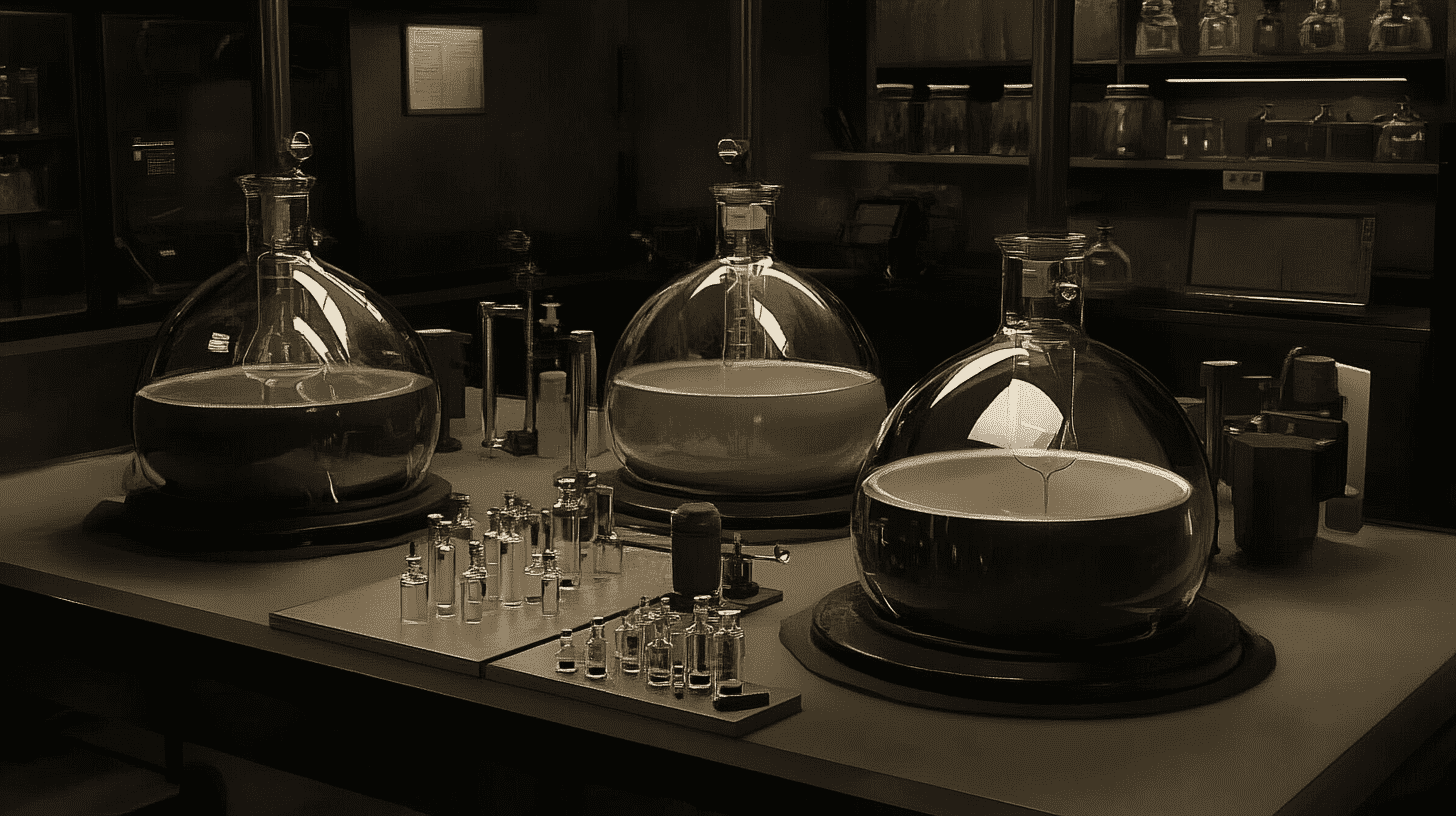

Nano Gold is an advanced nanotechnology product featuring gold nanoparticles sized at 525-570 nanometers for optimal bioavailability. It combines modern science with ancient wisdom to offer a holistic approach to wellness, promoting quantum coherence and non-local information transfer within the biofield for energetic enhancement. Additionally, when applied transdermally, it supports skin health and rejuvenation.

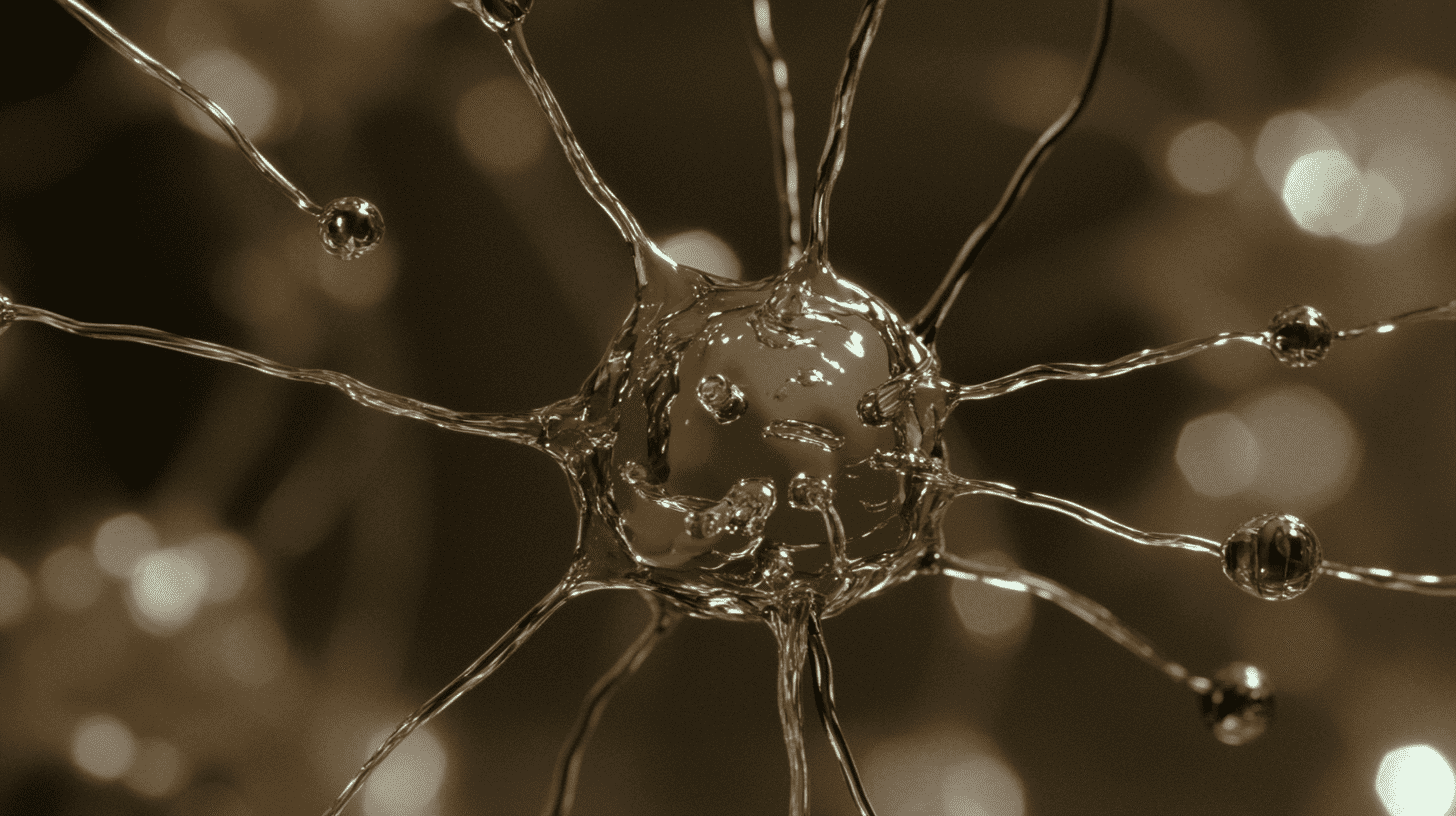


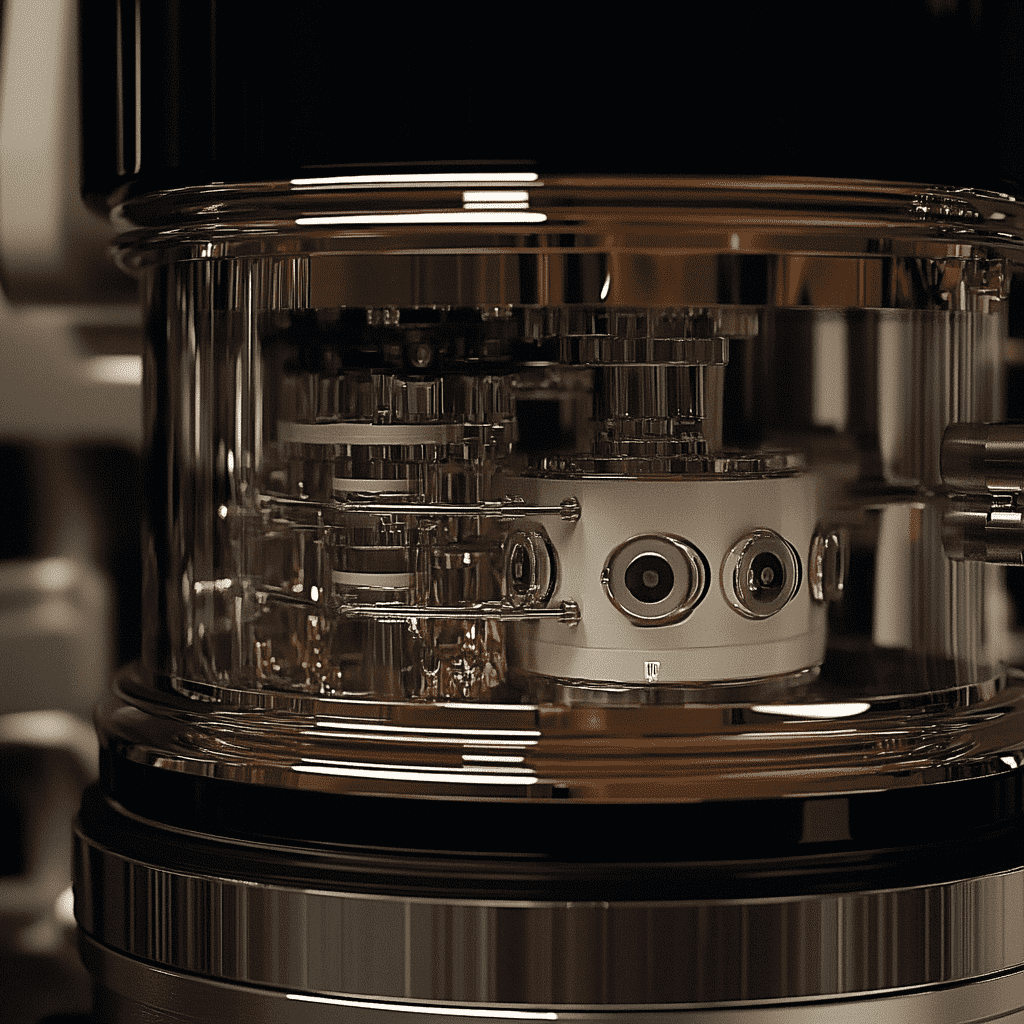
Our gold nanoparticles are synthesized using a proprietary process that blends cutting-edge nanotechnology with ancient alchemical principles:
Nucleation: Gold ions are reduced to form seed particles.
Growth: Seeds are grown to the desired size under controlled conditions.
Stabilization: Particles are stabilized to prevent clumping.
Energetic Imprinting: Suspension undergoes a unique process of sonification.
Quality Control: Each batch is rigorously tested for purity and efficacy.
Our gold nanoparticles are synthesized using a proprietary process that blends cutting-edge nanotechnology with ancient alchemical principles. If you have any question and do not find answers here feel free to contact us in live support on the bottom left of the website.
Yes, it's a natural and safe supplement made with pure gold nanoparticles and deionized Type 1 water.
Individual experiences vary. Some users feel effects immediately, while others may notice changes after 2-4 weeks of consistent use.
There are no known interactions. However, we recommend taking Nano Gold at least 2 hours apart from other supplements or medications.
The designation "0.9999 pure gold" (often referred to as "four nines fine") indicates that the gold is 99.99% pure, with only 0.01% of the metal consisting of impurities. This level of purity is considered extremely high in the gold industry, close to 100%, which is why it is still commonly referred to as "pure gold."
In practical terms, achieving absolute 100% purity is nearly impossible due to minute traces of other elements that may remain after refining, even though they do not significantly affect the gold's properties. The designation of 99.99% is considered "pure" because it is the highest attainable level of refinement with standard methods, and the impurities are negligible.
So, while it's not technically 100%, "0.9999" is the closest achievable purity and is often marketed as pure gold.
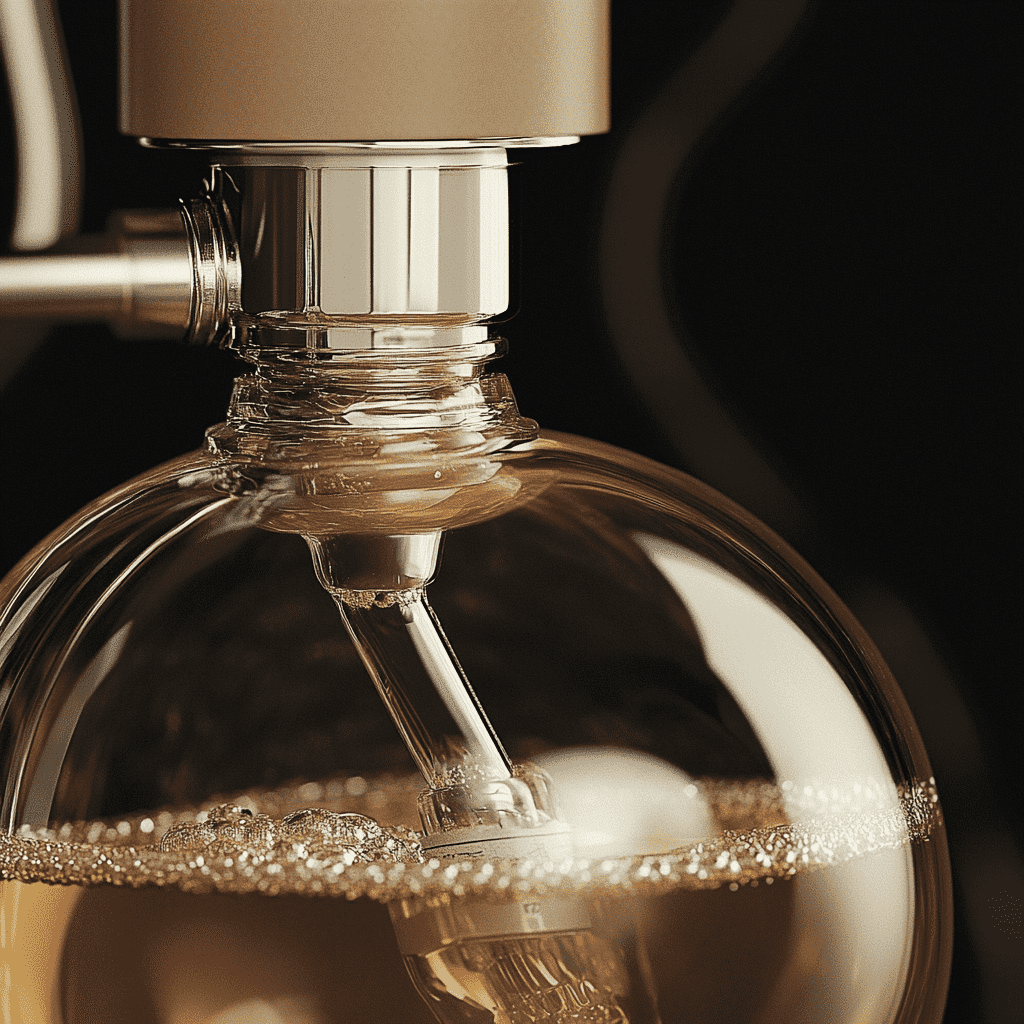
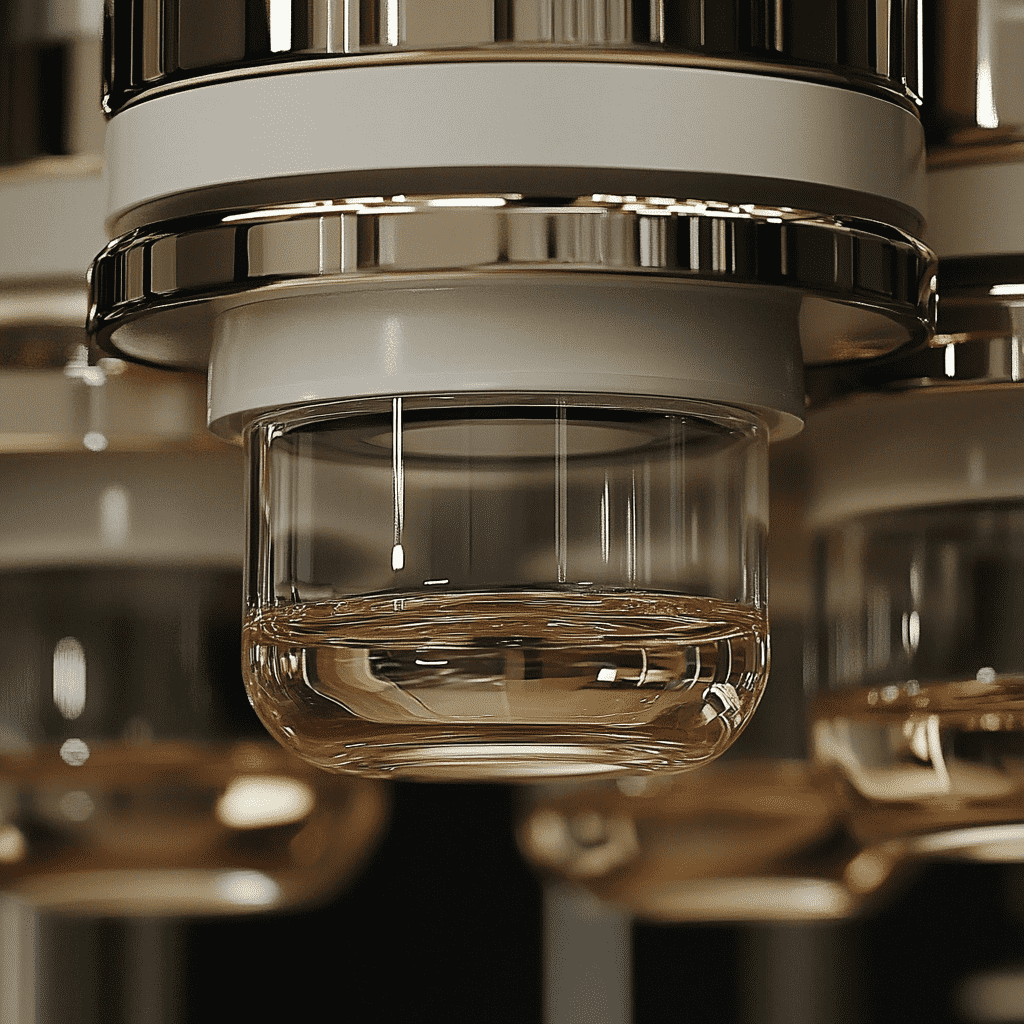
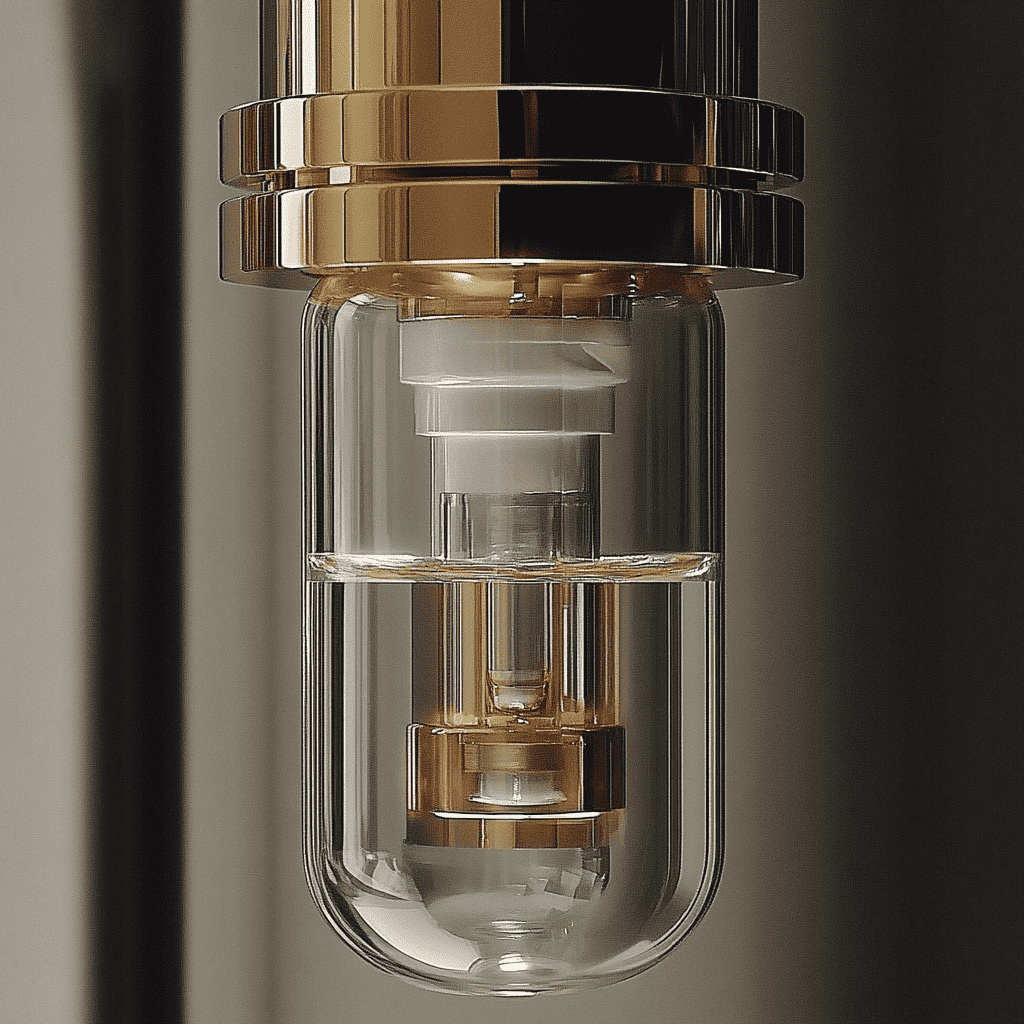
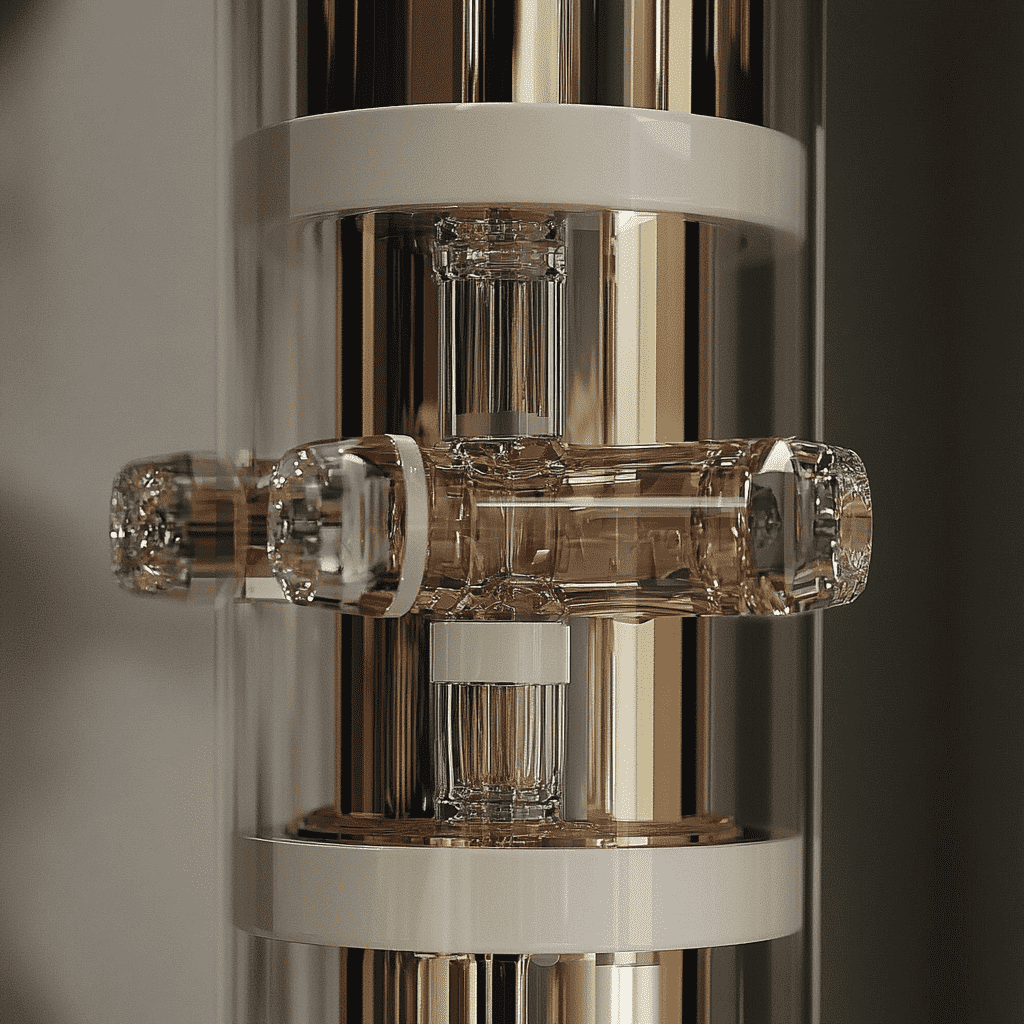
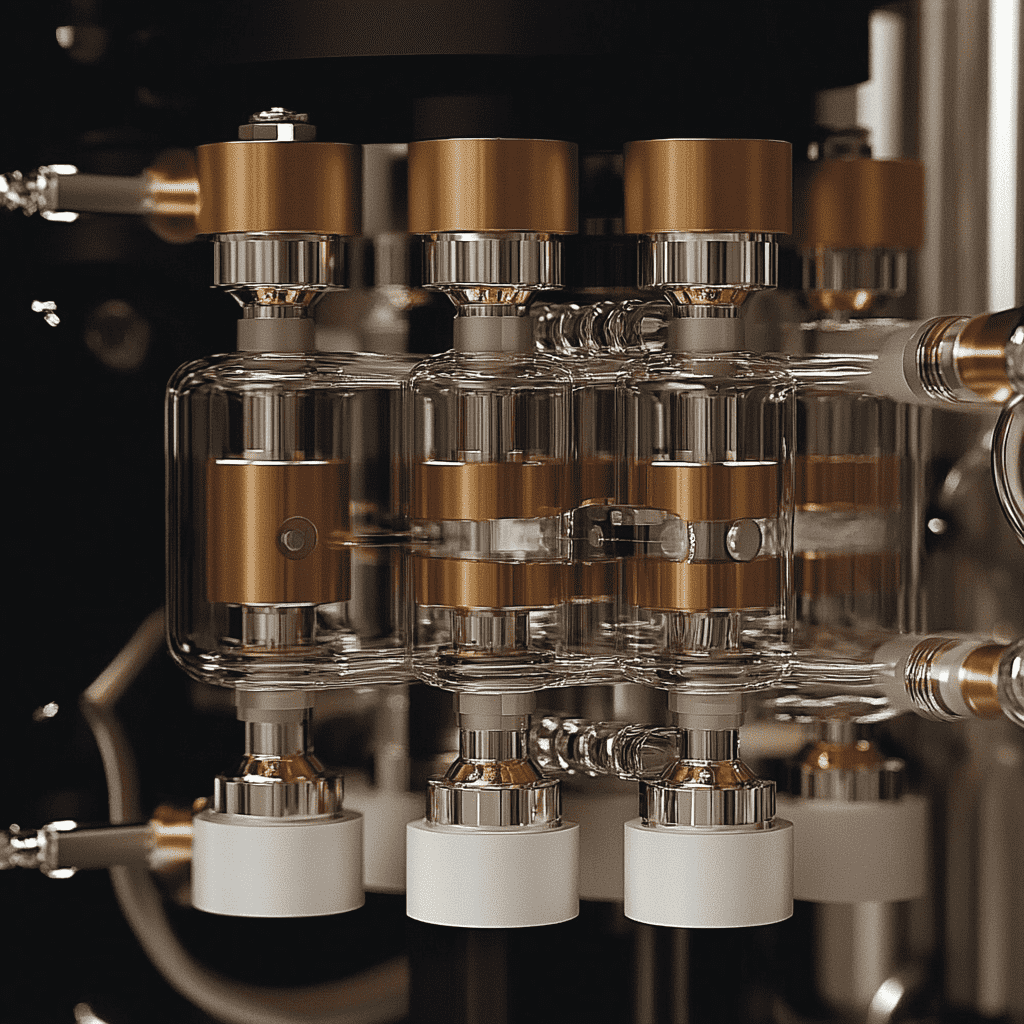
Nano Gold is the active element in many modern medicines and beauty products. We provide the purest suspension of this main ingredient for you to enjoy its benefits with no additional chemicals for patenting or deminishment purposes.
1. Antonii F.. Panacea Aurea-Auro Potabile. Hamburg: Ex Bibliopolio Frobeniano, [Google Scholar]
2. Faulk W.P., Taylor G.M.. Immunochemistry. 1971;8:1081–1083. [PubMed] [Google Scholar]
3. Dykman L.A., Bogatyrev V.A., Shchegolev S.Yu., Khlebtsov N.G.. Zolotye nanochastitsy: sintez, svoystva, biomeditsinskoe primenenie (Gold Nanoparticles: Synthesis, Properties, and Biomedical Applications). Moscow: Nauka, 2008 [Google Scholar]
4. Nova Science Publisher; 2010. Gold Nanoparticles: Properties, Characterization and Fabrication. [Google Scholar]
5. Dykman L.A., Bogatyrev V.A.. Russ. Chem. Rev. 2007;76:181–194. [Google Scholar]
6. Wilson R.. Chem. Soc. Rev. 2008;37:2028–2045. [PubMed] [Google Scholar]
7. Boisselier E., Astruc D.. Chem. Soc. Rev. 2009;38:1759–1782. [PubMed] [Google Scholar]
8. Khlebtsov N.G., Dykman L.A.. J. Quant. Spectrosc. Radiat. Transfer. 2010;111:1–35. [Google Scholar]
9. Khlebtsov N.G.. Quantum Electron. 2008;38:504–529. [Google Scholar]
10. Acad. Press; San Diego: 1989. Colloidal Gold: Principles, Methods, and Applications. [Google Scholar]
11. Bunin V.D., Ignatov O.V., Gulii O.I.. Biophysics. 2005;50:299–302. [Google Scholar]
1. Yang DP, Cui DX. Chem Asian J. 2008;3(12):2010–2222. [PubMed] [Google Scholar]
2. Burda C, Chen X, Narayanan R, El-Sayed MA. Chem Rev. 2005;105(4):1025–1102. [PubMed] [Google Scholar]
3. Antonovych TT. Ann Clin Lab Sci. 1981;11(5):386–391. [PubMed] [Google Scholar]
4. Lewis AJ, Walz DT. Prog Med Chem. 1982;19:1–58. [PubMed] [Google Scholar]
5. Fricker SP. Gold Bulletin. 1996;29(2) [Google Scholar]
6. Merchant B. Biologicals. 1998;26(1):49–59. [PubMed] [Google Scholar]
7. Clark P, Tugwell P, Bennet K, Bombardier C, Shea B, Wells G, Suarez-Almazor ME. Cochrane Database Syst Rev. 2000;(2) CD000520. [PMC free article] [PubMed] [Google Scholar]
8. Ujfalussy I, Koo E, Sesztak M, Gergely P. Z Rheumatol. 2003;62(2):155–160. [PubMed] [Google Scholar]
9. Champion GD, Graham GG, Ziegler JB. Baillieres Clin Rheumatol. 1990;4(3):491–534. [PubMed] [Google Scholar]
10. Dalziel K, Going G, Cartwright PH, Marks R, Beveridge GW, Rowell NR. Br J Dermatol. 1986;115(2):211–216. [PubMed] [Google Scholar]
11. Belies RP. Patty's Industrial Hygeine and Toxicology. 4th ed. New York: John Wiley & Sons Inc; 1994. pp. 2021–2032. [Google Scholar]
12. Bair RL, Harris GJ, Lyon DB, Komorowski RA. Ophthal Plast Reconstr Surg. 1995;11(3):209–214. [PubMed] [Google Scholar]
1. Cao M., Li J., Tang J., Chen C., Zhao Y. Gold Nanomaterials in Consumer Cosmetics Nanoproducts: Analyses, Characterization, and Dermal Safety Assessment. Small. 2016;12:5488–5496. doi: 10.1002/smll.201601574. [PubMed] [CrossRef] [Google Scholar]
2. Liu C., Wang Y., Zhang G., Pang X., Yan J., Wu X., Qiu Y., Wang P., Huang H., Wang X., et al. Dermal Toxicity Influence of Gold Nanomaterials after Embedment in Cosmetics. Toxics. 2022;10:276. doi: 10.3390/toxics10060276. [PMC free article] [PubMed] [CrossRef] [Google Scholar]
3. Salvioni L., Morelli L., Ochoa E., Labra M., Fiandra L., Palugan L., Prosperi D., Colombo M. The Emerging Role of Nanotechnology in Skincare. Adv. Colloid Interface Sci. 2021;293:102437. doi: 10.1016/j.cis.2021.102437. [PubMed] [CrossRef] [Google Scholar]
4. Gupta V., Mohapatra S., Mishra H., Farooq U., Kumar K., Ansari M.J., Aldawsari M.F., Alalaiwe A.S., Mirza M.A., Iqbal Z. Nanotechnology in Cosmetics and Cosmeceuticals—A Review of Latest Advancements. Gels. 2022;8:173. doi: 10.3390/gels8030173. [PMC free article] [PubMed] [CrossRef] [Google Scholar]
5. Kaul S., Gulati N., Verma D., Mukherjee S., Nagaich U. Role of Nanotechnology in Cosmeceuticals: A Review of Recent Advances. J. Pharm. 2018;2018:3420204. doi: 10.1155/2018/3420204. [PMC free article] [PubMed] [CrossRef] [Google Scholar]
6. Alaqad K., Saleh T.A. Gold and Silver Nanoparticles: Synthesis Methods, Characterization Routes and Applications towards Drugs. J. Environ. Anal. Toxicol. 2016;6:384. doi: 10.4172/2161-0525.1000384. [CrossRef] [Google Scholar]
7. Thakor A.S., Jokerst J., Zavaleta C., Massoud T.F., Gambhir S.S. Gold Nanoparticles: A Revival in Precious Metal Administration to Patients. Nano Lett. 2011;11:4029–4036. doi: 10.1021/nl202559p. [PMC free article] [PubMed] [CrossRef] [Google Scholar]
8. Gupta R., Rai B. Effect of Size and Surface Charge of Gold Nanoparticles on Their Skin Permeability: A Molecular Dynamics Study. Sci. Reports. 2017;7:45292. doi: 10.1038/srep45292. [PMC free article] [PubMed] [CrossRef] [Google Scholar]
9. Pulit-Prociak J., Grabowska A., Chwastowski J., Majka T.M., Banach M. Safety of the Application of Nanosilver and Nanogold in Topical Cosmetic Preparations. Colloids Surf. B Biointerfaces. 2019;183:110416. doi: 10.1016/j.colsurfb.2019.110416. [PubMed] [CrossRef] [Google Scholar]
10. Fytianos G., Rahdar A., Kyzas G.Z. Nanomaterials in Cosmetics: Recent Updates. Nanomaterials. 2020;10:979. doi: 10.3390/nano10050979. [PMC free article] [PubMed] [CrossRef] [Google Scholar]
11. Bernauer U., Bodin L., Chaudhry Q., Coenraads P.J., Dusinska M., Gaffet E., Panteri E., Rousselle C., Stepnik M., Wijnhoven S., et al. SCCS OPINION ON Gold (Nano), Colloidal Gold (Nano), Gold Thioethylamino Hyaluronic Acid (Nano) and Acetyl Heptapeptide-9 Colloidal Gold (Nano) 2021. [(accessed on 16 March 2023)]. Available online: https://health.ec.europa.eu/system/files/2022-08/sccs_o_251.pdf
12. Bernauer U., Bodin L., Chaudhry Q., Coenraads P.J., Dusinska M., Gaffet E., Panteri E., Rousselle C., Stepnik M., Wijnhoven S., et al. “OPINION ON Colloidal Silver (Nano)”—SCCS/1596/18—Final. 2018. [(accessed on 16 March 2023)]. Available online: https://health.ec.europa.eu/system/files/2019-02/sccs_o_219_0.pdf
1. Villani E.R., Marzetti E. Molecular Signals and Genetic Regulations of Neurological Disorders. Int. J. Mol. Sci. 2023;24:5902. doi: 10.3390/ijms24065902. [PMC free article] [PubMed] [CrossRef] [Google Scholar]
2. Yen C., Lin C.L., Chiang M.C. Exploring the Frontiers of Neuroimaging: A Review of Recent Advances in Understanding Brain Functioning and Disorders. Life. 2023;13:1472. doi: 10.3390/life13071472. [PMC free article] [PubMed] [CrossRef] [Google Scholar]
3. Muzio L., Viotti A., Martino G. Microglia in Neuroinflammation and Neurodegeneration: From Understanding to Therapy. Front. Neurosci. 2021;15:742065. doi: 10.3389/fnins.2021.742065. [PMC free article] [PubMed] [CrossRef] [Google Scholar]
4. Guzman-Martinez L., Maccioni R.B., Andrade V., Navarrete L.P., Pastor M.G., Ramos-Escobar N. Neuroinflammation as a Common Feature of Neurodegenerative Disorders. Front. Pharmacol. 2019;10:1008. doi: 10.3389/fphar.2019.01008. [PMC free article] [PubMed] [CrossRef] [Google Scholar]
5. Sochocka M., Diniz B.S., Leszek J. Inflammatory Response in the CNS: Friend or Foe? Mol. Neurobiol. 2017;54:8071–8089. doi: 10.1007/s12035-016-0297-1. [PMC free article] [PubMed] [CrossRef] [Google Scholar]
6. Wang W.Y., Tan M.S., Yu J.T., Tan L. Role of pro-inflammatory cytokines released from microglia in Alzheimer’s disease. Ann. Transl. Med. 2015;3:136. [PMC free article] [PubMed] [Google Scholar]
7. Isik S., Yeman Kiyak B., Akbayir R., Seyhali R., Arpaci T. Microglia Mediated Neuroinflammation in Parkinson’s Disease. Cells. 2023;12:1012. doi: 10.3390/cells12071012. [PMC free article] [PubMed] [CrossRef] [Google Scholar]
8. Zeng J., Bao T., Yang K., Zhu X., Wang S., Xiang W., Ge A., Zeng L., Ge J. The mechanism of microglia-mediated immune inflammation in ischemic stroke and the role of natural botanical components in regulating microglia: A review. Front. Immunol. 2022;13:1047550. doi: 10.3389/fimmu.2022.1047550. [PMC free article] [PubMed] [CrossRef] [Google Scholar]
9. Tarnawski L., Olofsson P.S. Inflammation neuroscience: Neuro-immune crosstalk and interfaces. Clin. Transl. Immunol. 2021;10:e1352. doi: 10.1002/cti2.1352. [PMC free article] [PubMed] [CrossRef] [Google Scholar]
10. Chen W.W., Zhang X., Huang W.J. Role of neuroinflammation in neurodegenerative diseases (Review) Mol. Med. Rep. 2016;13:3391–3396. doi: 10.3892/mmr.2016.4948. [PMC free article] [PubMed] [CrossRef] [Google Scholar]
11. Megha K.B., Joseph X., Akhil V., Mohanan P.V. Cascade of immune mechanism and consequences of inflammatory disorders. Phytomedicine. 2021;91:153712. doi: 10.1016/j.phymed.2021.153712. [PMC free article] [PubMed] [CrossRef] [Google Scholar]
12. Chiang M.C., Tsai T.Y., Wang C.J. The Potential Benefits of Quercetin for Brain Health: A Review of Anti-Inflammatory and Neuroprotective Mechanisms. Int. J. Mol. Sci. 2023;24:6328. doi: 10.3390/ijms24076328. [PMC free article] [PubMed] [CrossRef] [Google Scholar]
Only available for
Ambassador subscription
You need to purchase an Ambassador subscription to use Sibyl AI.